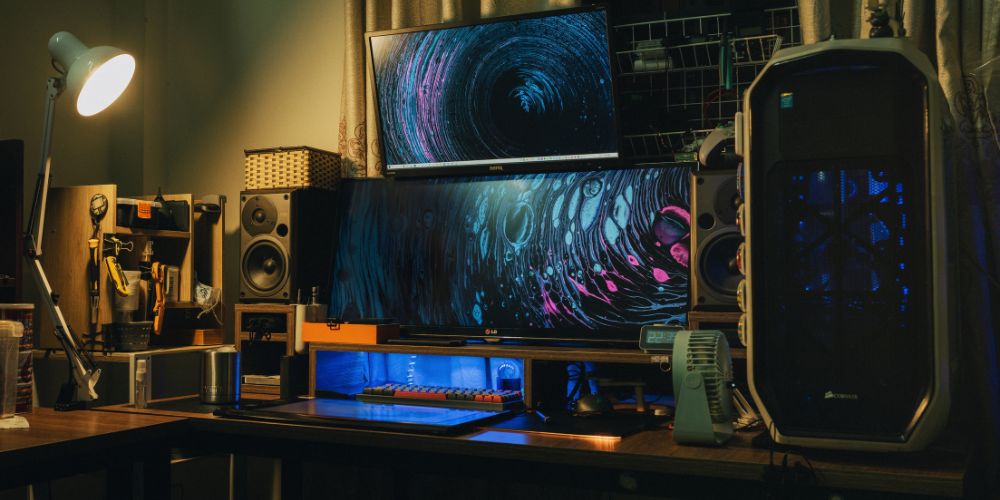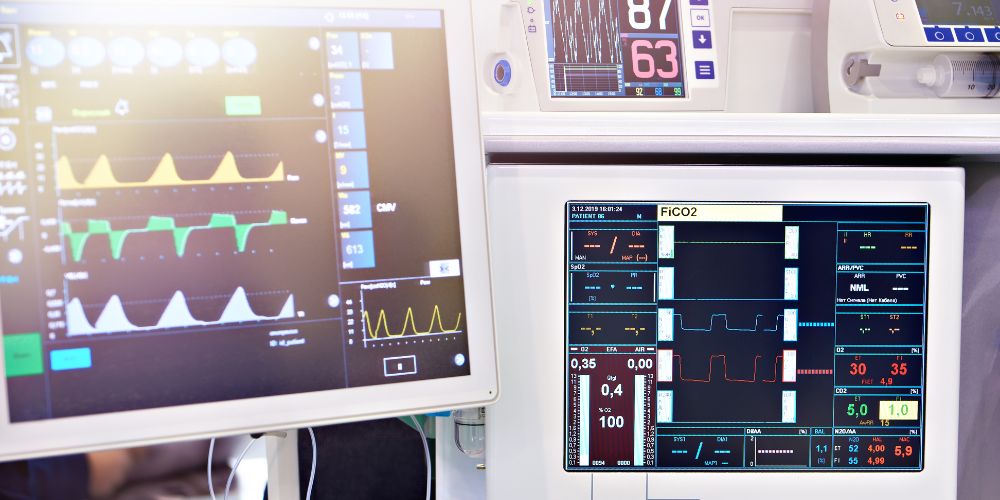Overview
It is essential to adjust display resolution for a better viewing experience. You may improve the clarity of the pictures, videos, and text on your screen by changing the resolution. Additionally, the proper resolution can lessen eye strain and shield against headaches.
You must access the display settings on your monitor and choose the resolution that best suits your needs in order to alter the resolution. The size and kind of the monitor, the graphics card, and the operating system are other elements that influence monitor resolution.
How to Change Monitor Resolution
Display Settings
You must visit your computer’s display settings in order to modify your monitor’s resolution. Right-click the desktop on a Windows computer and choose “Display settings.” Go to “System Preferences” on a Mac and select “Displays.” From there, you may choose from the available options to change the resolution.
Image, Video, and Text Quality
The quality of the images, videos, and text that appear on your screen depends on the resolution of your display. More pixels are visible with a greater resolution, which produces images that are sharper and clearer. Higher resolutions call for greater processing power, which could result in poorer performance on older PCs.
Eye Strain and Headaches Prevention
If you spend a lot of time in front of your computer, using the incorrect monitor resolution can give you headaches and eye strain. You might have to strain your eyes to read the text and photos, for instance, if the resolution is too high.

However, if the quality is too poor, the pictures can be hazy, which would make you squint and strain your eyes.
Monitor Size and Type
If you spend a lot of time in front of your computer, using the incorrect monitor resolution can give you headaches and eye strain. You might have to strain your eyes to read the text and photos, for instance, if the resolution is too high. However, if the quality is too poor, the pictures can be hazy, which would make you squint and strain your eyes.
Graphics Card
The graphics card in your computer also affects monitor resolution. While a weaker graphics card could struggle with higher resolutions and result in poorer performance, a more capable graphics card can manage them without negatively affecting performance.
Operating System
The methods for changing monitor resolution may vary between operating systems, and some may impose restrictions on the resolutions that can be used. To be sure you’re setting the resolution appropriately, it’s crucial to consult the instructions for your particular operating system.
FAQs
1. What is the optimal resolution for my monitor?
The optimal resolution for your monitor depends on the size and type of your monitor, as well as your personal preferences. Generally, a higher resolution means a sharper and clearer image, but it also requires more processing power and can cause slower performance on older computers.
2. How do I change my monitor resolution?
To change your monitor resolution, you need to access your computer’s display settings. On a Windows PC, right-click on the desktop and select “Display settings.” On a Mac, go to “System Preferences” and click on “Displays.” From there, you can adjust the resolution by selecting from the available options.
3. Can changing monitor resolution cause eye strain or headaches?
Using the wrong monitor resolution can cause eye strain and headaches, especially if you spend a lot of time in front of your computer. It’s important to find the right balance between image quality and performance to prevent eye strain and headaches.

4. How can I tell if my graphics card can handle a higher resolution?
To determine if your graphics card can handle a higher resolution, you can check the specifications of the graphics card or test it out by increasing the resolution in your computer’s display settings.
Conclusion
The viewing experience on your computer screen can be improved by altering the monitor resolution. You can get a sharper and higher-quality image by changing the resolution in the display settings.
To avoid headaches and eye strain, it’s crucial to strike the correct balance between performance and image quality. The size and kind of the monitor, the graphics card, and the operating system are other elements that influence monitor resolution.



